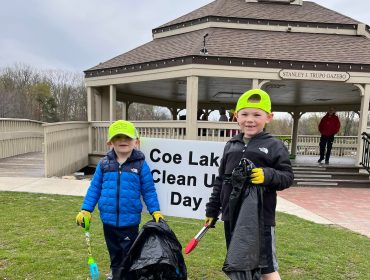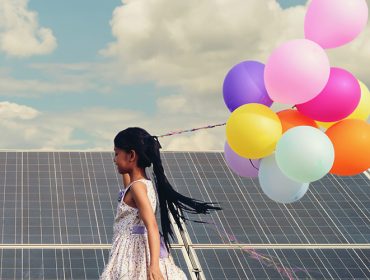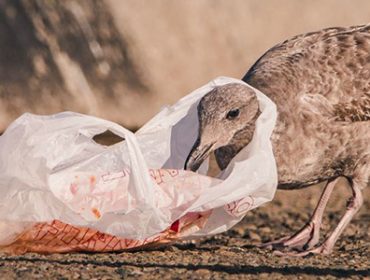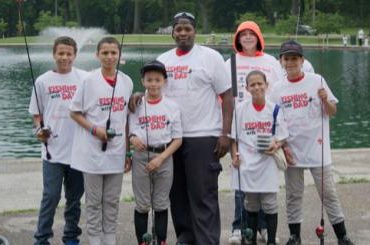Written By
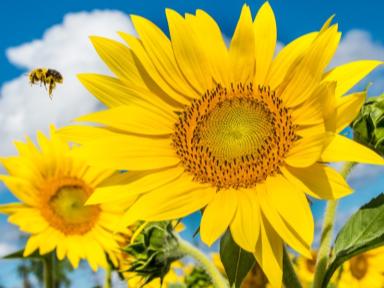
Pollinators are a treasure to this planet. They are small animals with one of the most amazing and humongous responsibilities on Earth. They pollinate a third of the fruits, vegetables, and nuts we eat. That’s right! They are also responsible for pollinating 80% of our flowering plants and indirectly contributing to building healthy ecosystems.
There are a variety of insects and animals that are pollinators. They have the job to carry pollen from flower to flower to facilitate the fertilization of the plant and produce seeds and fruits.
They are the tiny bees, beautiful butterflies, and overlooked moths. The undesired flies, colorful beetles, big yellow wasps, amazing birds, and the bats that pollinate throughout the night.
Every element in Nature is a creation that combines beauty, efficiency, and complexity. Pollinators are an example of Nature’s creativity and sophistication. They interact with flowers, in a silent, invisible dance; The pollinators buzz about covering themselves with pollen. Once covered, they take the pollen to another flower. In turn, helping those plants reproduce and like magic, the flowers bloom and yield their best seeds and fruits for us to enjoy.
Pollinators have been in decline. Factors contributing to the decline include loss of habitat and food supplies, insecticides, chemicals on lawns, and changes in climate patterns, among others. Alarmingly, Beekeepers across the United States lost 40.7% of their honey bee colonies from April 2018 to April 2019. (This is found in preliminary results of the latest annual nationwide survey conducted by the University of Maryland.)
Create pollinator-friendly gardens
You can help by Increasing the number of pollinator-friendly gardens. This can help them thrive in your own home, in your neighborhood, and in your town. You don’t need a big garden, any size would be great, from patio planters to small house gardens or pathways. Invite your friends and neighbors to create pollinator corridors, so pollinators have enough food and habitat for their survival.
Some recommendations when planting pollinator gardens:
1) Buy native plants. “Native plants have formed symbiotic relationships with native wildlife over thousands of years and therefore offer the most sustainable habitat” (The National Wildlife Federation).
2) Have enough flower variety in colors and shapes to attract different pollinators and also to ensure continuous blooming through early spring into fall.
3) Avoid using insecticides, herbicides, or fungicides
4) Consider adding water trays with stones or sticks to prevent small insects from drowning. They need a source of water to stay healthy and safe. Not only do bees drink the water, but they also take water drops to cool the hive on hot days and feed their larvae.
If you would like to know more about pollinators, the following are good sources:
“Pollinators of Native Plants”, by Heather Holm. – www.pollinator.org – www.nwf.org – https://www.fs.fed.us/wildflowers/pollinators/
See the planting guide provided by pollinator.org where you can find the flowers to plant to attract pollinators from spring through fall.
Related News
Thank You! We Love the Coe Lake Clean-Up!
The Yearly Coe Lake clean-up was a success! 100 residents showed up to remove 20 bags of garbage from Coe Lake. THANK YOU!
Want Solar? Cuyahoga County Solar Co-op Can Save You 20%
Going Solar is easier than ever. Cuyahoga County Solar Co-op can help provide the resources you need to go green.
No More Plastic Bags? New Policies Fosters Community
Plastic bags are a bigger problem than most realize. Cuyahoga County will ban retailers from using these bags. That is a good...
The Fishing Foundation- Connecting Youth to the Outdoors
The Fishing Foundation is a non-profit organization dedicated to enrich people's lives with the sport of fishing.
Going Native in Suburbia; Simple Ways to Enhance Your Lawn
Enhancing your lawn with native species helps the environment and can make your yard easier to maintain; a more enjoyable open space.
4 Ways to Protect Your Health While Combating Climate Change
Combating climate change can be one of the best decisions for your health. Learn how to help the environment and improve your health.
